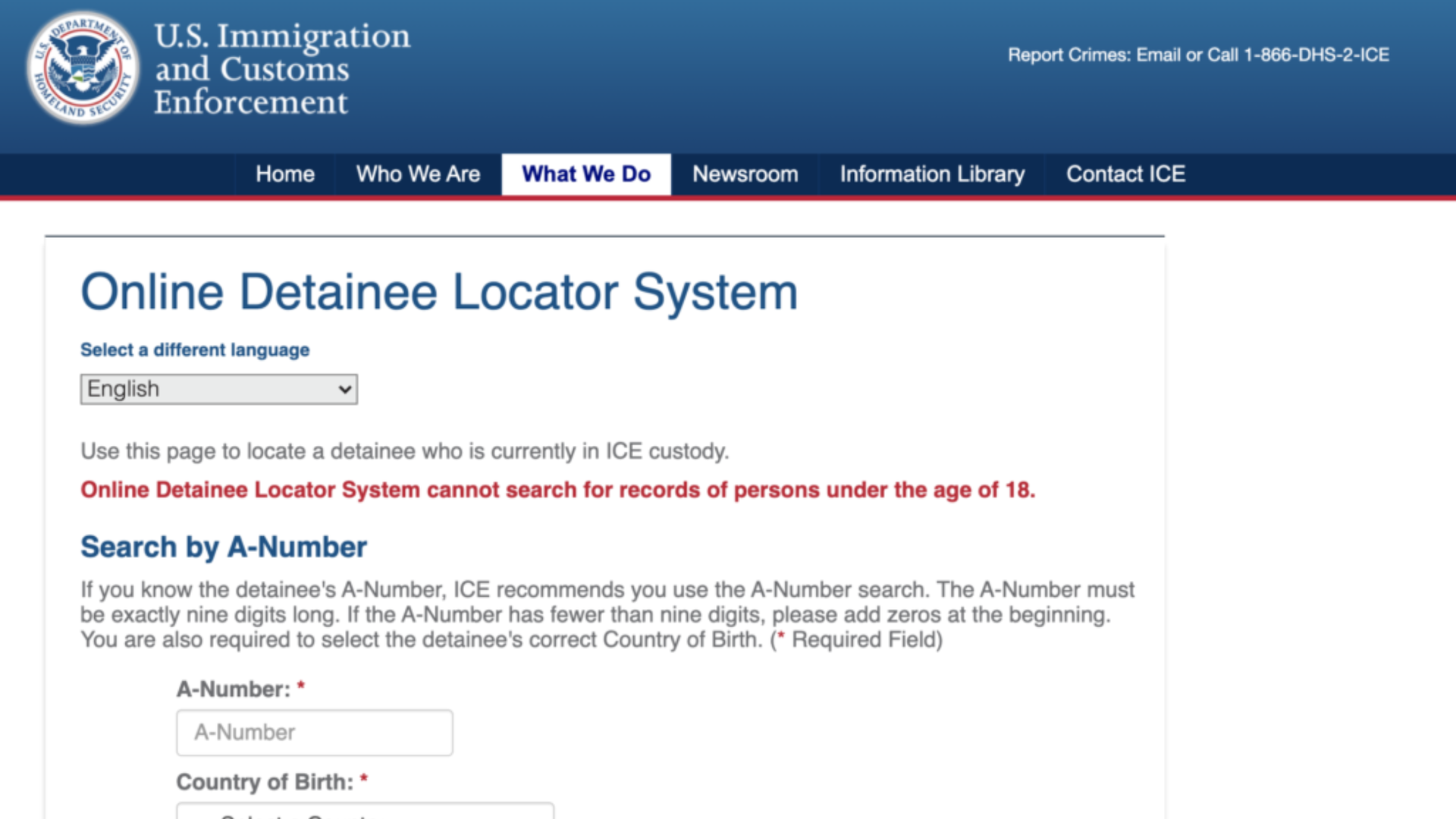How to Respond to an NTA
Receiving a Notice to Appear (NTA) can be frightening. It means the U.S. government has officially begun removal (deportation) proceedings against you — but it doesn’t mean you’ve lost your chance to stay in the United States. What you do next can make all the difference.
Here’s a clear, step-by-step guide to help you respond quickly and wisely.
Step 1 — Don’t ignore it: Read the NTA carefully
The NTA will list:
- Your name and A-number
- The allegations (why the government believes you are removable)
- The legal charges
- The location, date, and time of your first immigration court hearing
Important: Even if the date and time section says “TBD” or “To Be Determined,” your case is active. You must still check regularly with the court for updates — do not wait to receive another letter.
You can check your hearing date online at the EOIR Automated Case Information System: https://acis.eoir.justice.gov/en/
Step 2 — Contact an immigration attorney immediately
Once you receive an NTA, the clock starts ticking. An experienced immigration attorney can:
- Review the allegations to see if they are correct
- Identify possible defenses or relief (like asylum, cancellation of removal, or adjustment of status)
- File motions to dismiss or terminate proceedings if there are legal errors
Even if you think the NTA is a mistake, you should never try to resolve it alone. Having an attorney early can prevent serious mistakes later.
Step 3 — Confirm your hearing schedule
If your NTA lists a hearing date, mark it down and make sure you attend. Missing a hearing can lead to a removal order in your absence, which is extremely difficult to undo.
If no date is listed, check your case status regularly:
- Call the EOIR hotline: 1-800-898-7180
- Visit https://acis.eoir.justice.gov/en/
- Make sure your address is up to date with both USCIS and EOIR so you receive all notices
Step 4 — Gather all your documents
Bring together every document that may be relevant to your case:
- Your NTA and any prior immigration paperwork
- Passport, visa, I-94, or any other ID
- Work permits, school records, or tax documents
- Proof of family relationships or community ties
- Any criminal or court records (if applicable)
Your attorney will need these to prepare your defense and to file the right applications or motions.
Step 5 — Prepare for your first court hearing (the “Master Calendar”)
Your first appearance in court is called the Master Calendar Hearing. It’s usually short, but very important. Here’s what to expect:
- The immigration judge will confirm your identity and explain your rights
- The judge will read the allegations — and you (through your attorney) can admit or deny them
- The court will decide what applications or relief you may be eligible to file
- The judge will then schedule your next hearing date
You are allowed to have a lawyer represent you at this hearing. If you show up without one, you can ask the judge for time to find an attorney before continuing.
Step 6 — Keep track of all future deadlines and court dates
After your first hearing, your case could take months or even years. Keep a record of every court date, receipt number, and document you file. Missing even one deadline can hurt your case.
If you move, you must file Form EOIR-33 to update your address with the immigration court within 5 days. Otherwise, you may not receive hearing notices — and missing a hearing could result in an automatic deportation order.
Step 7 — Stay informed and proactive
The immigration process can feel overwhelming, but staying informed is key. Ask your attorney to explain each step in plain language. Don’t rely on rumors or social media for legal advice — every case is unique.
A Notice to Appear is not the end — it’s the beginning of a legal process. With the right legal strategy, many people are able to stay in the U.S. and even obtain lawful status. The most important thing is to act quickly and get professional help.
At Johnson & Masumi, P.C., we’ve guided countless families through this process — from challenging NTAs to successfully defending against removal. You don’t have to face this alone.
Call us today at (703) 506-1400 to discuss your NTA and next legal steps.















